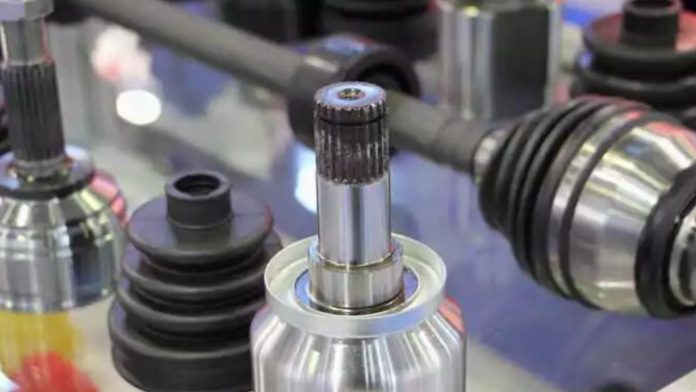Forging is a broad category of processes that apply compressive forces to metal to form it into the desired shapes. The three main forging processes are impression-die, closed-die, and open-die forging. Open-die forging provides freedom in shaping massive or asymmetric components since the workpiece can be freely moved between flat dies. Closed-die forging is appropriate for delicate and complex parts because it uses dies with formed cavities that confine the workpiece to achieve great precision and reproducibility.
With the use of dies with precisely shaped cavities, impression-die forging produces net or nearly net workpieces with little need for further machining. These procedures provide the basis for more specialized approaches such as roll forging, precision forging, swaging, cold forging, hot forging, seamless ring rolling, and isothermal forging, meeting material and dimensional requirements. Every forging method has specific benefits click here for the adaptability and efficiency of this crucial production process in a range of sectors.
Kinds of Forging Techniques
Forging is an essential manufacturing process that includes a range of operations intended to form metals by applying compressive forces. The final features and characteristics of the forged components are greatly influenced by the forging method selected.
Open-Die Forging: A Traditional Method
Open-die forging, sometimes called free forging, is a traditional technique in which metal workpieces are freely formed between flat dies expert manipulation by hammering or pressing results in components with enhanced directional characteristics and strength. Large and asymmetrical pieces are best suited for open-die forging, which provides flexibility in producing various components.
Closed-Die Forging: Accuracy in Restricted Areas
Unlike its open-die sibling, closed-die forging uses dies with formed cavities to control the forged part’s final form. Because the metal workpiece is inside the dies, the shaping process may be done with extreme precision and repeatability. Sectors like aerospace and automotive use this process because it can produce large quantities of complicated and delicate components.
Impression-Die Forging: Accurately Define Forms
Closed-die impression forging, another name for impression-die forging, uses dies with precisely shaped chambers to provide the workpiece’s exact forms. The ability of this procedure to create net or almost net shapes with little need for additional machining makes it unique. Businesses that need complex parts, including gears and tools, often benefit from the accuracy and efficiency of impression-die forging.
Smooth Ring Rolling: Accuracy in Round Shapes
A specialized forging technique, “seamless ring rolling,” makes round, seamless metal rings. The procedure yields products with improved structural integrity by decreasing the wall thickness and expanding the diameter of a prefabricated ring. Applications for seamless ring rolling include the aerospace industry, where precision and strength are required for parts like jet engine bearings.
Reshaping at Room Temperature via Cold Forging
Cold forging at room temperature or slightly below provides unique benefits, including a smoother surface and more robust material because of work hardening. This process is widely used in the automobile industry to produce tiny to medium-sized components, such as bolts, fasteners, and steering gear, with strict tolerances.
Hot Forging: High-Temperature Molding
Hot forging creates metal workpieces at high temperatures, usually higher than the material’s recrystallization temperature. This procedure facilitates easier deformation, improves material flow, and lowers the chance of cracking. A standard method for producing giant, intricate parts is hot forging, seen in the manufacture of construction and automotive equipment.
Isothermal Forging: Accurate Temperature Regulation
Using a specific technique called isothermal forging, the workpiece and dies are heated to a consistent temperature during the forging process. By minimizing strain rate changes, this exact temperature control lowers the possibility of flaws and improves material flow. When creating components with intricate geometries that require great strength, isothermal forging is very advantageous.
Precision Forging: Accuracy That’s Fine-Tuned
Exact tolerances and sophisticated methods are used in precision forging to produce highly accurate end products. This process, frequently linked to closed-die forging, uses state-of-the-art die design, process control, and machinery to create components with low material waste and minimal machining needs. Precision forging finds use in sectors like aerospace and military that demand extraordinary dimensional accuracy.
Final Thoughts
Various techniques are available in the field of forging procedures to meet various needs and applications. This diversity is astounding. Every forging process offers unique benefits, ranging from the well-known open-die and closed-die techniques to more specialized methods like precision and isothermal forging. The forging processes are expected to witness additional developments as industries progress, challenging the limits of precision, efficiency, and adaptability.







